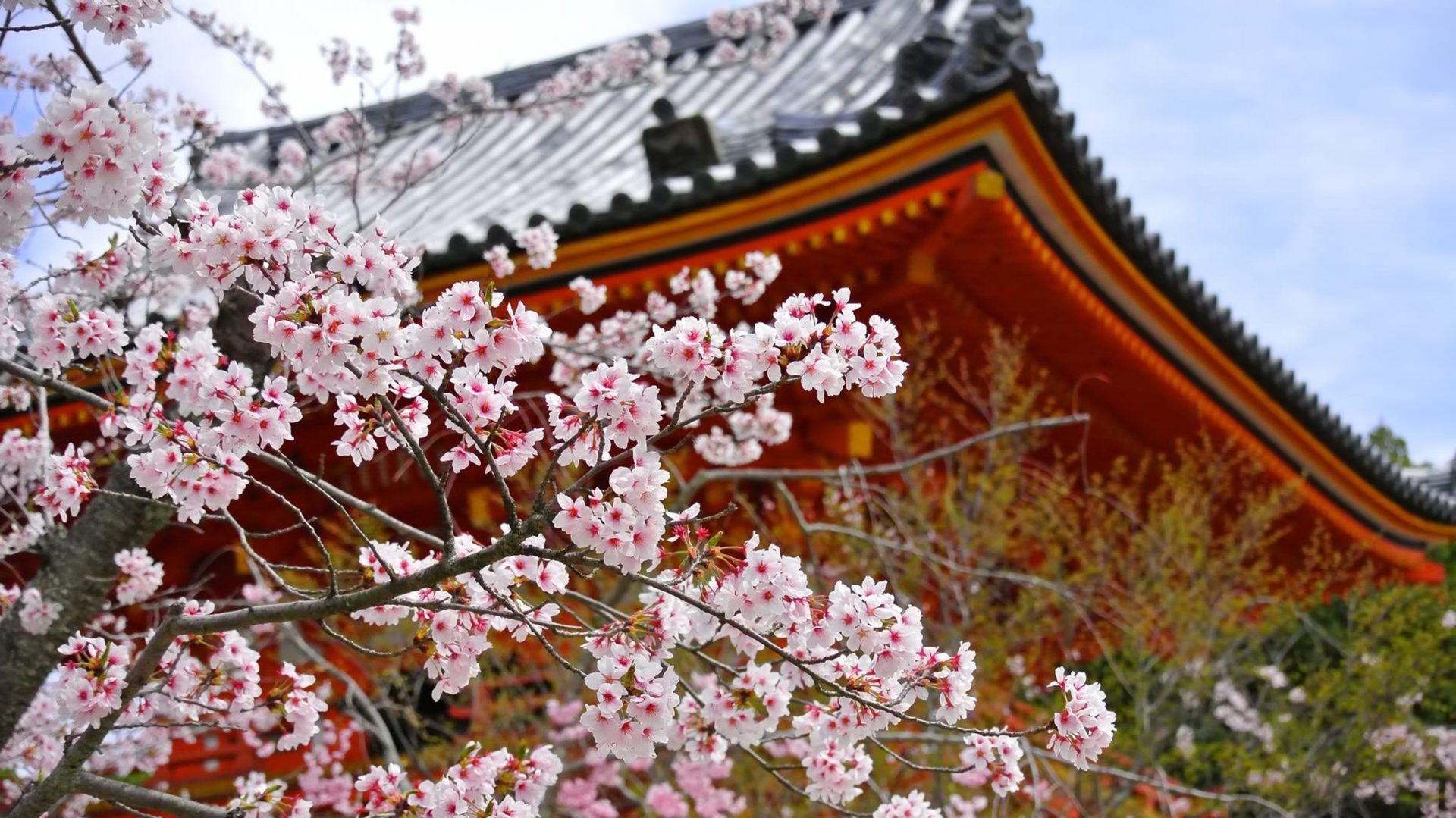People vary in their self-perception of their language-learning abilities. Some will see a new language as an exciting and horizon-stretching challenge which they know they can overcome; whilst others break out in a cold sweat at the thought of a grammar exercise, as well as everything in between.
However, most native English speakers will accept that some languages may be more difficult than others and Japanese certainly ranks among those with the highest perceived (and actual) difficulty.
It is not all bad news, some things about Japanese are extremely easy; easier than English. That, and of course mastering Japanese will give you massive bragging rights among other language learners, as well as making you look like an absolute genius to those who don’t care for learning foreign languages at all.
So what is it about Japanese that makes it difficult for a native English speaker to learn?
I’m sure I cannot give you a definitive, scientific answer for this that would satisfy the linguistics PhDs among you; but I will be happy to present a series of factors that is accessible to the man on the street. In the future, we may revisit this topic with a view to tempering these supposed challenges and presenting the things that actually make Japanese very easy to learn. But for now, the challenges…
1. The writing system
Japanese uses a combination of 3 “native” scripts to write the language. Hiragana 平仮名, Katakana カタカナ, and Kanji 漢字. None of these are optional for someone aiming for full fluency; you can’t get away with skipping one, as they can be used all together in a single sentence as in the simple example below.
今夜はテレビを見ようと思うんだ。 I’m thinking of watching TV tonight.
In bold are kanji; underlined is a word written in katakana and the rest of the sentence is written in hiragana.
Whereas you may be able to get a decent grasp of hiragana and katakana over a study-filled weekend, getting to grips with kanji will not be so quick.
The Kanji 漢字, are the Chinese-derived characters that are used to write among other things the main roots of words in Japanese are a necessary part of literacy in Japanese. The government defines 2,136 characters which are recommended for general use (jouyou kanji, 常用漢字), and a further 863 for use in names (jinmeiyou 人名用漢字). That’s 2,999 individual symbols. If we assume you skip the “name” Kanji for now, it’s still 2,136 symbols to learn in an unfamiliar writing system.
If you can only read and write English at this moment in time – you use a writing system which consists of 26 letters, each with two forms (upper and lower case). So if we are to ignore the complexity that comes with lack of familiarity, understanding stroke order etc., plain simple maths tells us this should be 40 times more difficult to learn compared with English!
This is indeed a major hurdle for a would-be learner of the Japanese language. If you’re a native speaker of some form of Chinese; then you already have knowledge of 6000 or so characters at your command – so hopefully you can see how much of a relative disadvantage the English-only speaker starts with.
Of course there are stategies designed to ease and accelerate the learning process for second-language learners; but the challenge presented by the kanji is enough to intimated many would-be learners of Japanese.
2. The grammar

I don’t mean to (and could not) cover everything there is to know about the differences between English and Japanese grammar. I just want to outline the major conceptual difference that may present a challenge to the learner.
This difference is found in the basic word order. English is what linguists call an SVO language meaning that the typical word order in a sentence goes – subject, verb, object.
Jack (subject) ate (verb) the cookies (object).
Japanese is an SOV language, meaning (you guessed it) subject, object, verb is the typical order. So let’s look at the example sentence above in the Japanese word order style:
Jack (subject) the cookies (object) ate. ジャックはクッキーを食べた。
It is argued that the Japanese word order makes things more amibiguous whilst a sentence is being uttered (or read) and thereby increases the cognitive load (read: difficulty) for the brain. The evidence for this is hardly definitive, but it is a well known argument nonetheless.
More often than not, learners and commentators will argue that the lack of familiarity with the word order is just confusing for English speakers, making the transition that much harder.
Have you ever seen Star Wars? Ever noticed how Yoda speaks in an unusual word order?
“When nine hundred years old you reach, look as good you will not.”
Return of the Jedi
Indeed, in the above quote Yoda is sort of using the SOV (Japanese) word order. The words may be in a strange order, but it is not altogether difficult to understand the meaning. Perhaps you can get an insight into the challenge that a different basic word order might or might not present; depending on your perspective.
Going further, Japanese is actually quite flexible and the word order can be moved around to suit the speaker’s needs / intended nuances / thought process. This arguably makes it easier than some European languages which have a stricter word order, but presents a challenge of its own in making appropriate word-order choices.
3. Politeness levels

In general, the language used in formal and informal situations differs much less in English than in Japanese.
In English, we tend to express politeness in language by choosing words or constructions that are more formal when required. Amazon might send you an email saying “your order has been dispatched” rather than “Woohoo! your book is on the way, dude!” The former is a formal, business communication and the latter is much more like something a friend might say to you.
Perhaps all languages make this kind of distinction; but Japanese (among others – Korean seems to be another famous one) takes this to another level. In Japanese the actual words / phrases and constructions differ between formal and informal language. You will use different words when talking to a customer vs. your boss vs. your trainee in the office vs. your friend who is older than you vs. your friend who is younger than you etc.
メールしてね vs. ご連絡頂きたく存じます
“drop me a line” (informal: for use with good friends) vs. “I would appreciate it if you would contact me” (super formal, written business communication)
This is a legitimately difficult part of learning the Japanese language. I say that not because the formal / polite variations are necessarily that difficult, since they are fairly straightforward once you get used to them. What is difficult however, is making appropriate judgements as to which style / politeness level to use in a given situation.
Talking to your boss like you would to a customer would just be socially awkward, as would speaking to a toddler in a polite way used for your elders / seniors / superiors. Making appropriate judgements about the politeness level to use is something that is socially conditioned and cannot be mastered competently without practice in the real world. A book may give you examples and rules for what to use when; but doing this on-the-fly in everyday life is another matter.
Ultimately with politeness levels, there’s some good news and some bad news.
The bad news is that this is a genuine complexity of the Japanese language that will need to be overcome for the would-be learner. Further, hitting the books is not likely to adequately prepare you to use these varied expressions in an appropriate way in real life.
The good news is that it’s not just us foreigner’s that struggle with this. Japanese native speakers often have difficulties guaging the correct politeness level to be used in a variety of life situations. The most obvious group is recent university graduates – before being exposed to the rigors of daily life in the adult workplace, the need for an individual to generate polite language by themselves is minimal and therefore presents a challenge for many natives as they enter the workforce. Indeed, you can find many books in the local bookstore; in Japanese, for natives, trying to guide them / train them to use polite language accurately in business and in life in general.
As a final piece of good news, if you happen not to look Japanese in terms of your physical appearance, you are likely to get a sort of unwritten carte blanche to mess up the politeness levels (within reason) without penalty! If you can do it right, more power to you; but Japanese society seems to have a general understanding that their language is difficult for outsiders to master and therefore people are willing to give a foreigner a ton more leeway than a native.
Mastering Japanese presents some challenges… but not everything is hard
The above are some of the factors that make learning Japanese challenging for English speakers in general. This article has deliberately presented only the challenges to give you a flavor of why Japanese is percieved to be difficult.
Look out for future pieces in which we will try to present some of the ways in which the Japanese language is blessed with simplicity, making certain aspects of the language really easy to pick up and thereby provide some balance to the argument.


